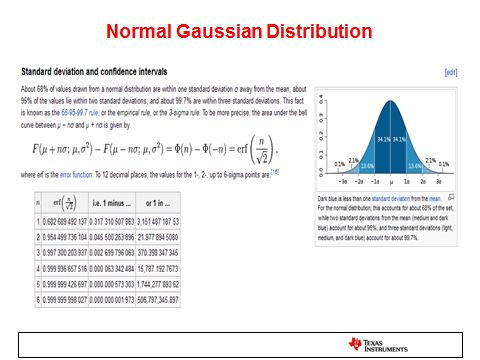In the datasheet long term stability is given for 0 to 1000 hours and for 1000 to 2000 hours. How can the long term stability calculated for longer times, for example 175 000 hours.
-
Ask a related question
What is a related question?A related question is a question created from another question. When the related question is created, it will be automatically linked to the original question.



